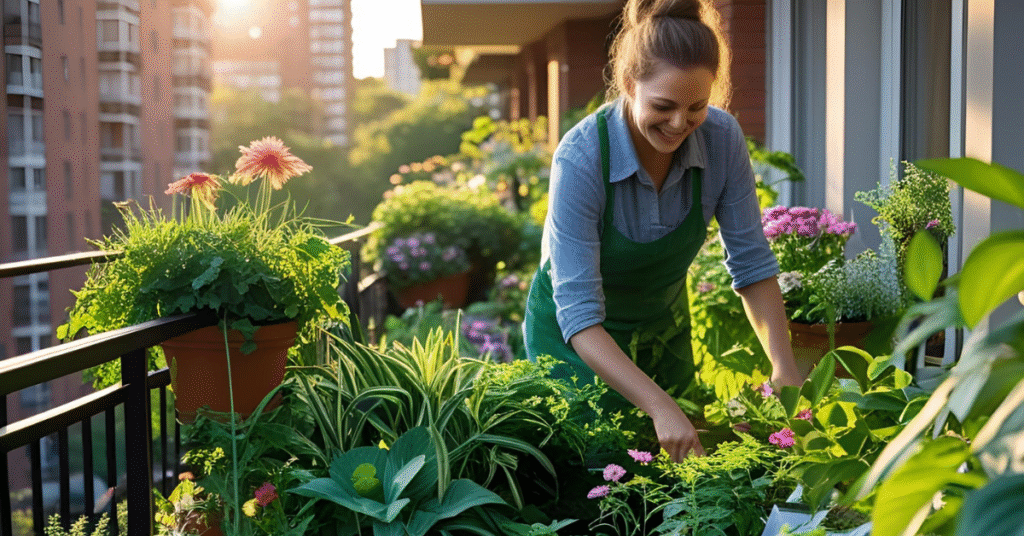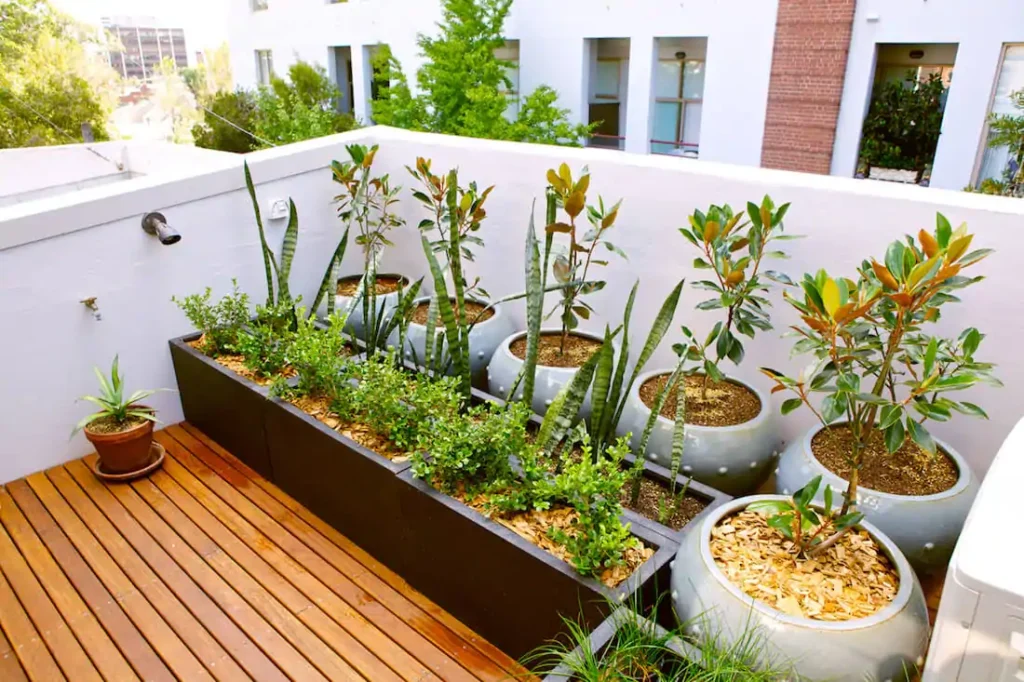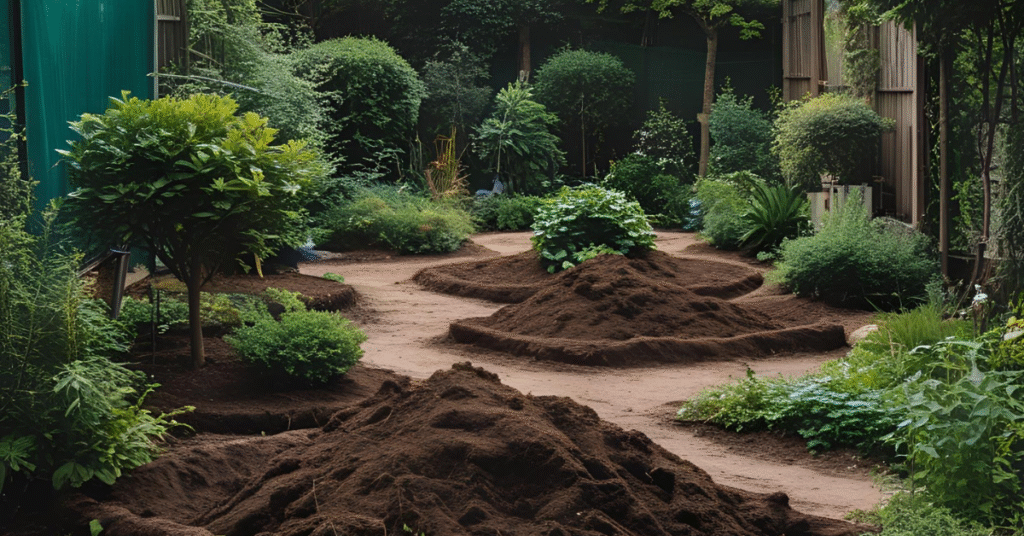Why Choose the Best Plants for Urban Gardening?
Living in the city doesn’t mean you have to give up your green thumb dreams. Finding the best plants for urban gardening can transform even the smallest balcony, rooftop, or windowsill into a productive and beautiful growing space. Urban gardening has exploded in popularity, with over 35% of U.S. households now growing their own food, and city dwellers are leading this green revolution.
Benefits of Urban Gardening
- Fresh, pesticide-free produce right at your doorstep
- Improved air quality and reduced urban heat island effect
- Mental health benefits from connecting with nature daily
- Significant cost savings on groceries (average $300-600/year)
- Community building through shared gardening experiences
Urban Growing Challenges
- Limited space requiring creative solutions
- Reduced sunlight from surrounding buildings
- Air pollution affecting plant health
- Extreme temperatures from concrete heat retention
- Water access and drainage considerations
The key to success lies in selecting plants that not only tolerate these urban conditions but actually thrive in them. Through years of trial and experience with city growing, I’ve discovered that the right plant choices can make the difference between a struggling garden and a flourishing urban oasis.
Urban Garden Evolution: A Visual Timeline
Week 1-2: Planning & Setup
Starting your urban garden begins with smart space assessment and container selection. The best plants for urban gardening need proper foundations from day one.
- Measure available space and sunlight hours
- Select appropriate containers with drainage
- Prepare quality potting soil mix
- Install basic infrastructure (trellises, hooks)
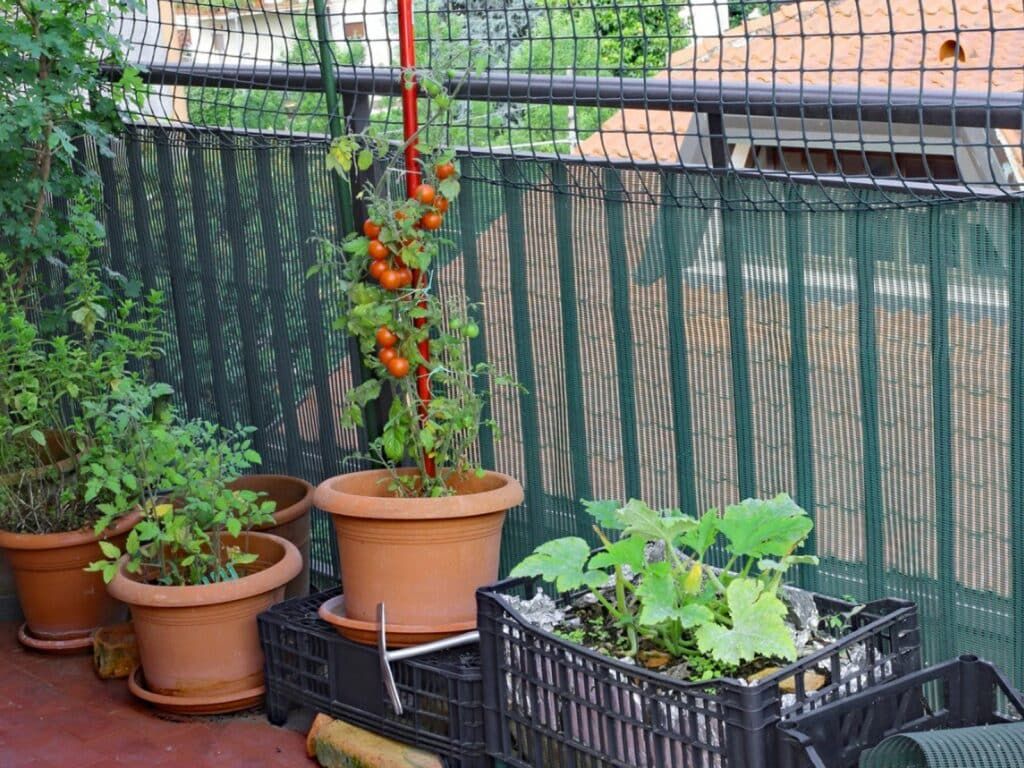
Week 3-4: First Plantings
Quick-growing herbs and leafy greens are among the best plants for urban gardening beginners. They provide almost instant gratification and build confidence.
- Plant fast-growing herbs (basil, cilantro, parsley)
- Start lettuce and spinach in shallow containers
- Begin vertical growing with climbing peas
- Establish watering routine and monitoring system
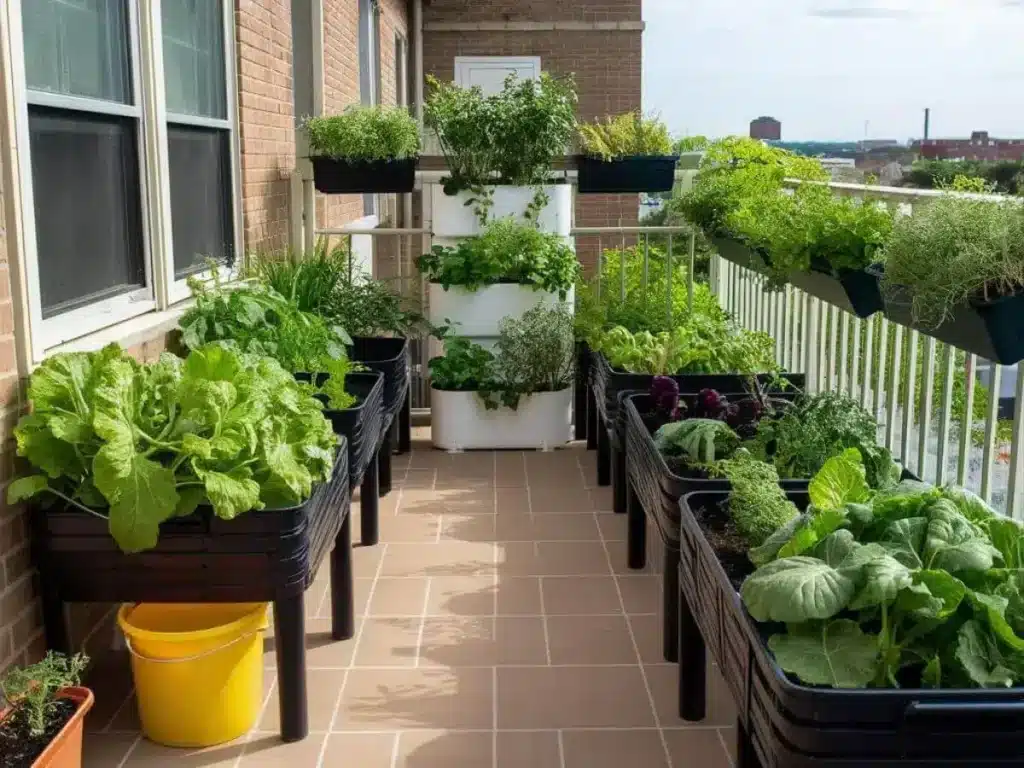
Month 2-3: Growth & Expansion
As confidence grows, adding fruiting plants like tomatoes and peppers showcases why these are among the best plants for urban gardening success.
- Add compact tomato varieties in larger containers
- Introduce pepper plants for continuous harvest
- Expand vertical space with additional trellises
- First major harvests from quick-growing crops
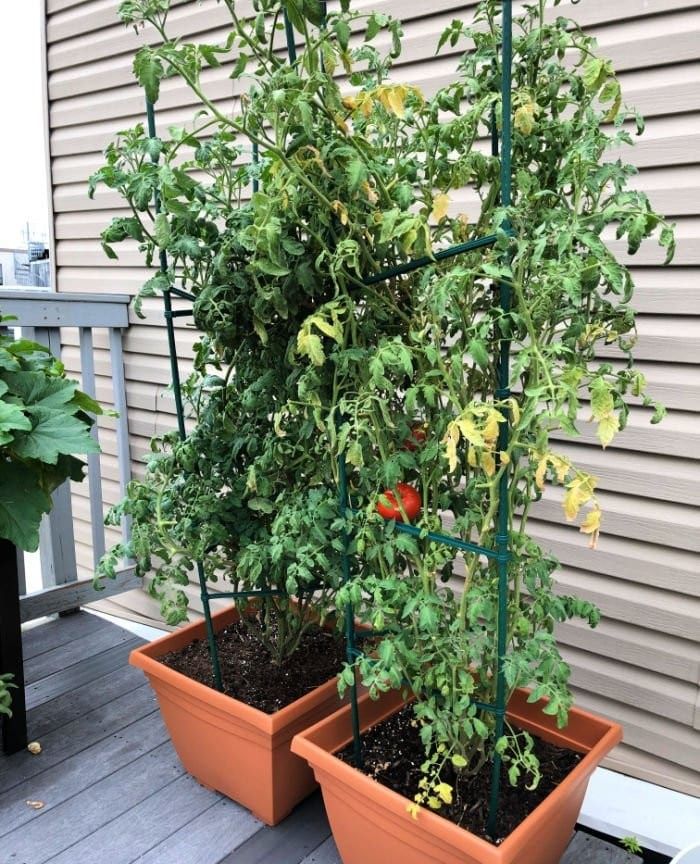
Month 4-6: Mature Garden
A thriving urban garden demonstrates the full potential of selecting the best plants for urban gardening, with continuous harvests and beautiful aesthetics.
- Regular harvests of vegetables and herbs
- Full vertical garden wall in production
- Seasonal rotation planning in progress
- Sharing surplus with neighbors and friends
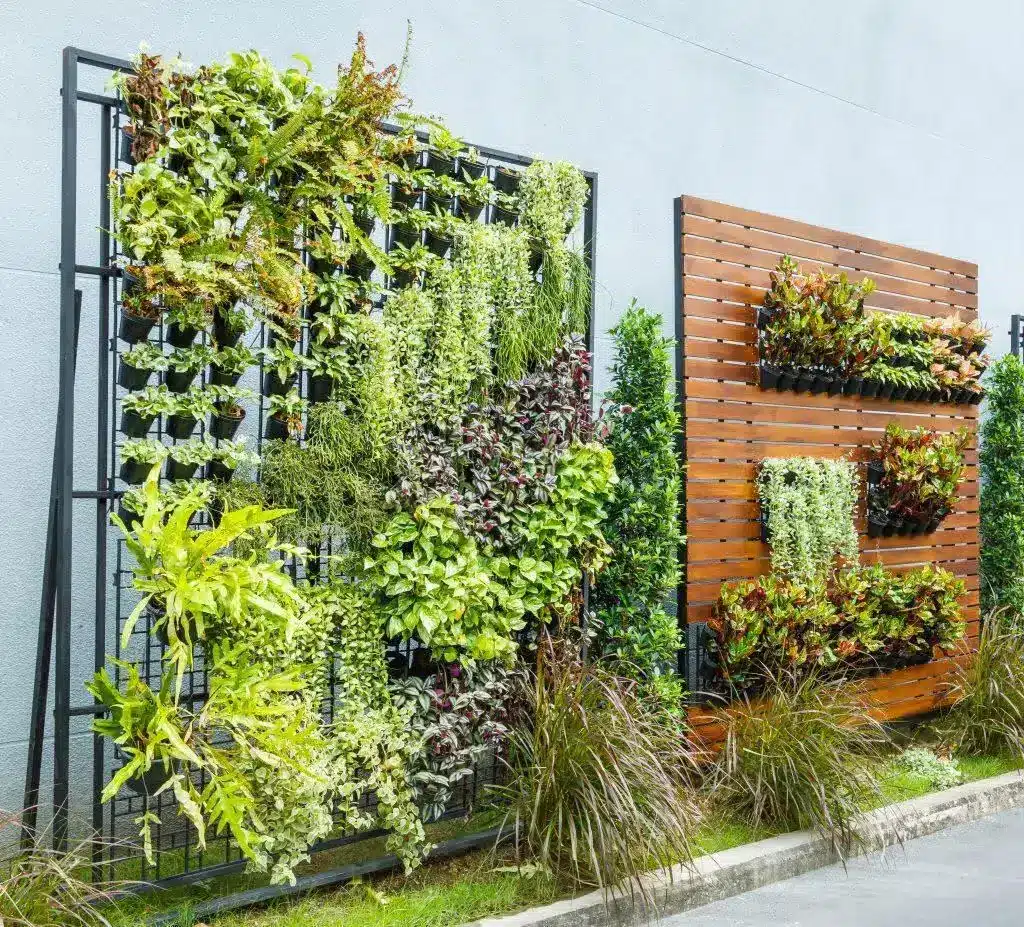
Step-by-Step Guide to Growing the Best Plants for Urban Gardening
1. Assess Your Space
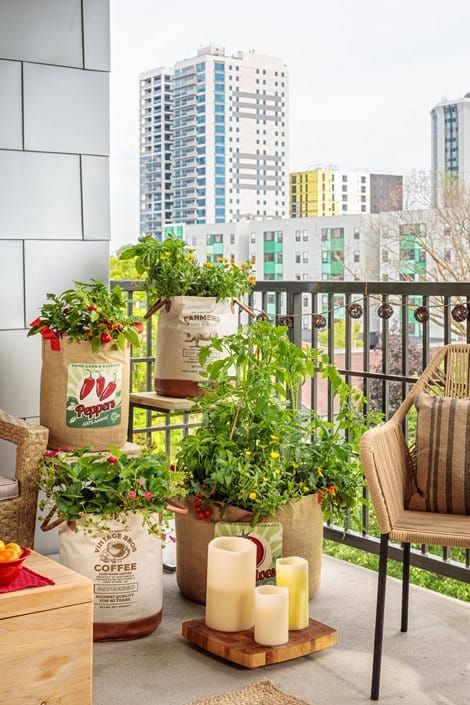
Sunlight mapping: Track sun exposure for 3-7 days using a simple log. Most of the best plants for urban gardening need 4-6 hours of direct sunlight.
Space measurement: Measure floor space, wall area, and height clearances for vertical growing options.
Weight considerations: Check balcony/roof weight limits – soil and water are heavy!
2. Choose the Right Containers

Size matters: Herbs need 6-8″ depth, leafy greens 8-10″, tomatoes 18-24″.
Drainage is critical: Drill holes if needed – the best plants for urban gardening hate waterlogged roots.
Material choices: Plastic retains moisture, terracotta breathes, fabric pots provide excellent drainage.
3. Soil & Setup Preparation

Quality potting mix: Never use garden soil in containers – it compacts and drains poorly.
Nutrient boost: Mix in slow-release fertilizer and compost for the best plants for urban gardening nutrition.
pH testing: Most vegetables prefer 6.0-7.0 pH for optimal nutrient uptake.
4. Plant Selection & Timing
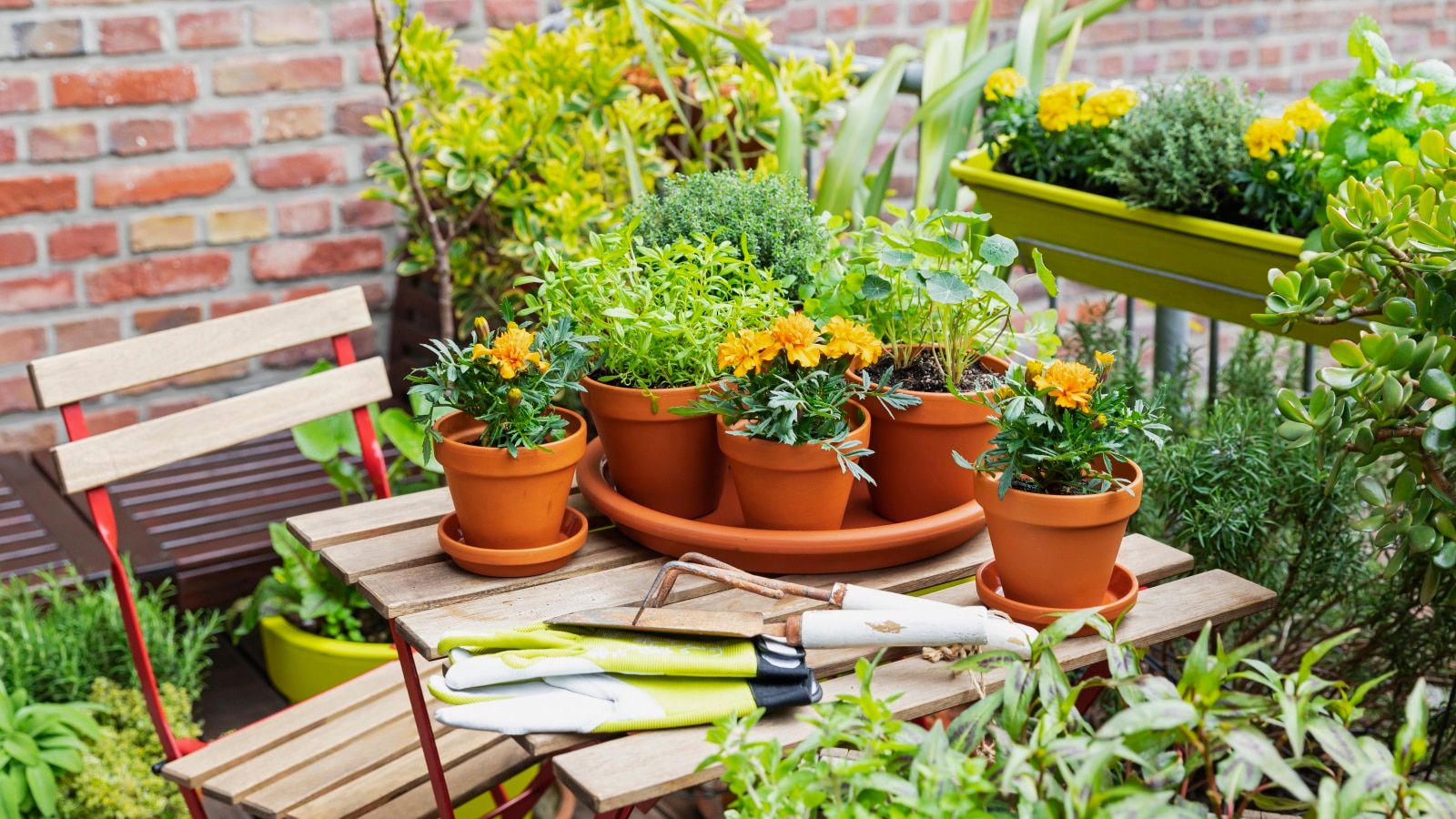
Start with easy wins: Herbs, lettuce, and radishes are forgiving and grow quickly.
Seasonal timing: Cool-season crops in spring/fall, warm-season in summer.
Succession planting: Plant new crops every 2-3 weeks for continuous harvest.
The Best Plants for Urban Gardening: Expert Recommendations
Essential Herbs: The Foundation of Urban Gardens
Basil
Full Sun
6″ Container
Perhaps the most rewarding of all the best plants for urban gardening. Fresh basil transforms any dish and grows incredibly fast in warm weather.
Harvest: 30-40 days
Pro tip: Pinch flowers to keep leaves tender
Cilantro/Parsley
Part Sun
4″ Container
Cool-weather champions among the best plants for urban gardening. Both provide continuous harvests when succession planted.
Harvest: 20-30 days
Pro tip: Plant every 2 weeks for continuous supply
Thyme & Rosemary
Full Sun
8″ Container
Perennial powerhouses that establish themselves as permanent fixtures among the best plants for urban gardening.
Harvest: Year-round once established
Pro tip: Very drought tolerant once mature
Productive Vegetables for Small Spaces
Cherry Tomatoes
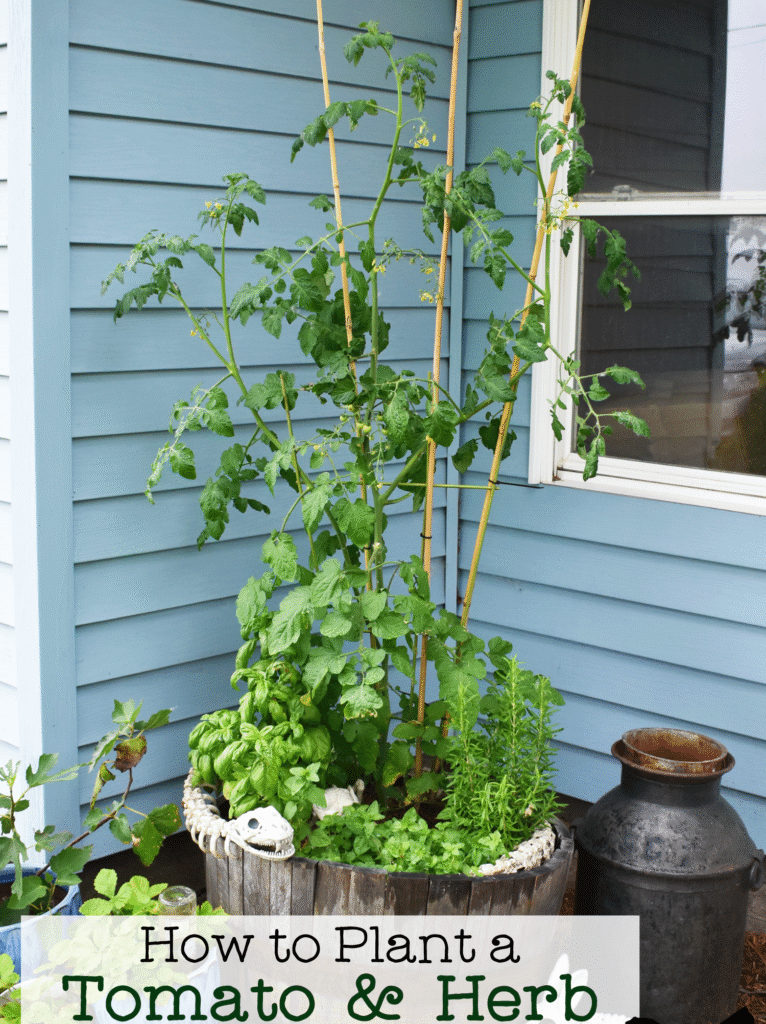
The crown jewel among the best plants for urban gardening. Compact varieties like ‘Tiny Tim’ and ‘Balcony’ produce abundant harvests in containers.
Container size: 18-24″ deep
Harvest time: 60-80 days
Light needs: 6-8 hours sun
Yield: 10-15 lbs per plant
Peppers
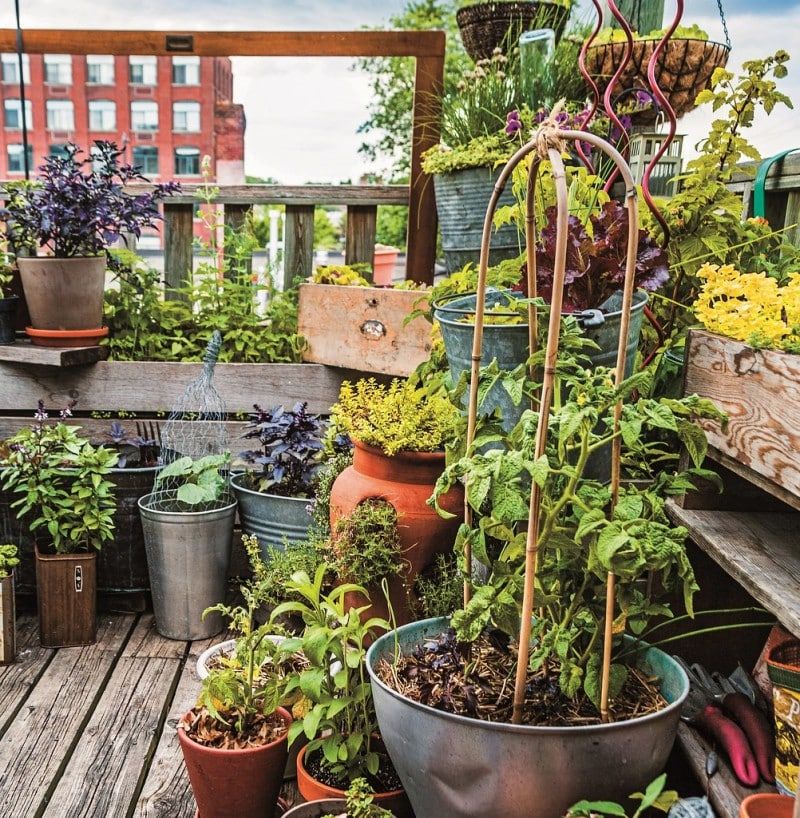
From sweet bells to spicy jalapeños, peppers are among the most productive best plants for urban gardening in warm climates.
Container size: 12-16″ deep
Harvest time: 70-90 days
Light needs: 6+ hours sun
Yield: 20-30 peppers per plant
Quick-Growing Leafy Greens
Lettuce
Ready in 30 days, perfect for shallow containers
Spinach
Cool-weather champion, very nutritious
Arugula
Peppery flavor, grows in partial shade
Kale
Extremely hardy, productive all season
These leafy greens consistently rank among the best plants for urban gardening because they’re fast-growing, space-efficient, and provide continuous harvests when grown in succession.
Container Gardening: Maximizing the Best Plants for Urban Gardening
Container Selection Guide
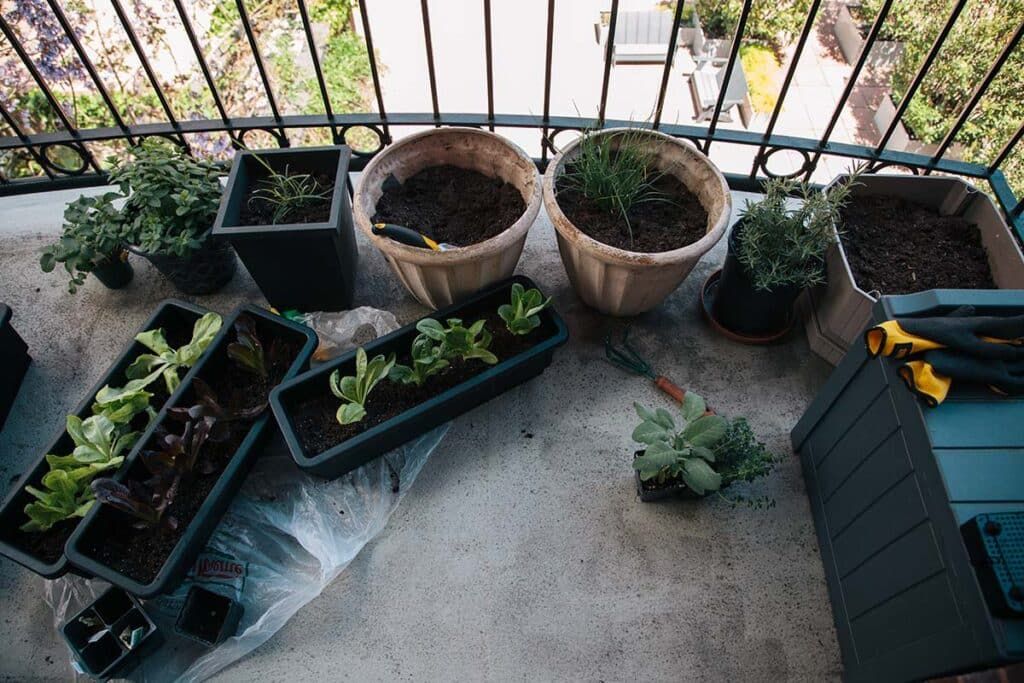
Small Containers (4-8″)
Perfect for herbs, lettuce, and radishes. These accommodate many of the best plants for urban gardening beginners.
Medium Containers (12-16″)
Ideal for peppers, eggplants, and bush beans. The sweet spot for productive urban gardening.
Large Containers (18-24″)
Required for tomatoes, squash, and fruit trees. Necessary for the most productive best plants for urban gardening.
Soil & Nutrition Essentials

- 40% quality potting soil
- 30% compost or worm castings
- 20% perlite or vermiculite
- 10% coconut coir
Fertilizing Schedule
Monthly: Side-dress with compost
Planting: Mix slow-release fertilizer into soil
Weekly: Liquid fertilizer at half strength
Vertical Growing: Expanding Space for the Best Plants for Urban Gardening
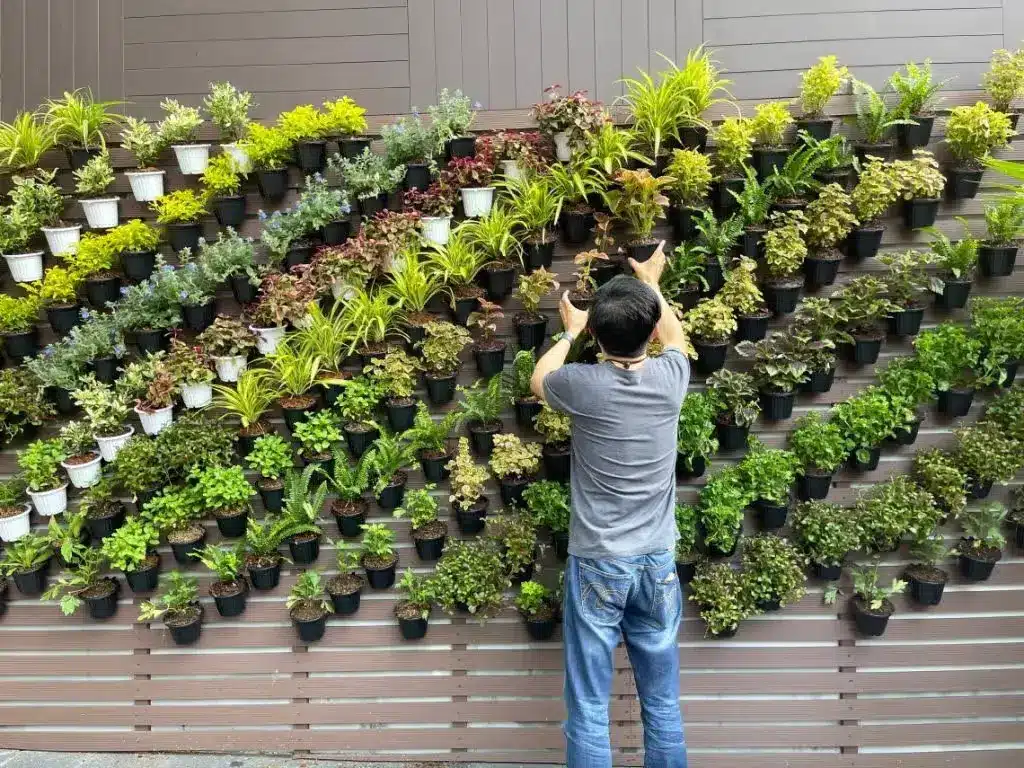
Vertical gardening can triple your growing space and create stunning living walls. Many of the best plants for urban gardening actually prefer vertical growing conditions.
Climbing Vegetables
Pole beans and peas
Cucumber varieties
Indeterminate tomatoes
Small winter squash
Hanging Options
Lettuce in vertical planters
Cherry tomatoes
Strawberries
Trailing herbs (thyme, oregano)
Living Walls
Modular planting systems
Pocket planters with herbs
Hydroponic towers
Moss walls with air plants
Vertical Growing Pro Tips
- Weight distribution: Use lightweight containers at the top
- Watering system: Install drip irrigation for consistent moisture
- Plant selection: Place sun-lovers at the top, shade-tolerant below
- Support structure: Ensure it can handle mature plant weight
- Access planning: Leave space for harvesting and maintenance
- Seasonal rotation: Plan for easy plant changes
Adapting the Best Plants for Urban Gardening to Climate Challenges
Managing Urban Heat
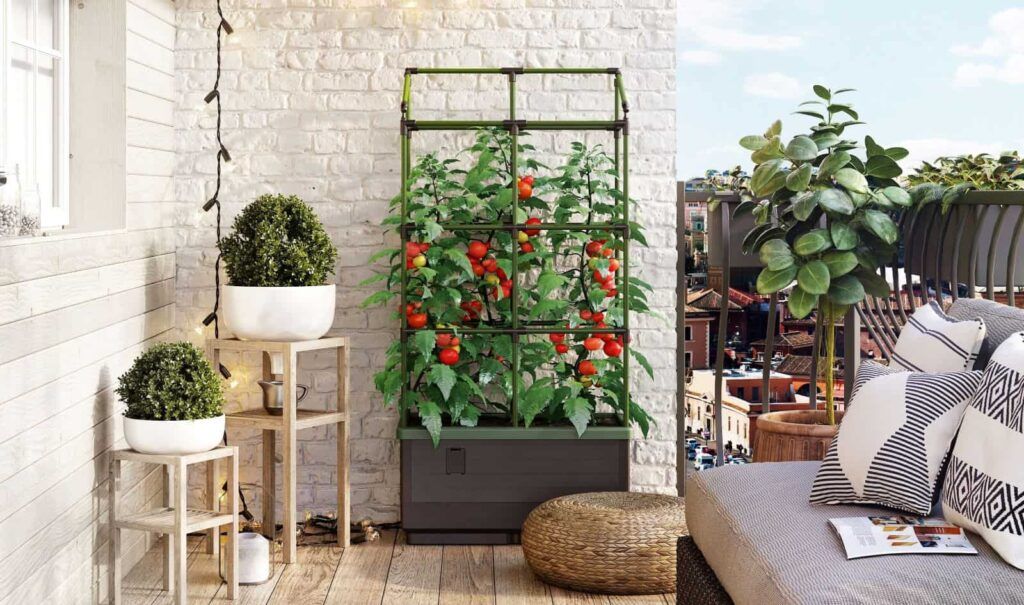
Urban heat islands can stress even the best plants for urban gardening. Concrete and asphalt amplify temperatures by 5-10°F above surrounding areas.
Heat Stress Solutions:
- Use light-colored containers to reflect heat
- Install shade cloth during extreme heat (70% shade)
- Mulch containers to insulate root zones
- Water early morning and evening
- Choose heat-tolerant varieties like okra, peppers
Cold Weather Adaptations

Container plants are more vulnerable to cold than ground plants. The best plants for urban gardening need winter protection strategies.
Cold Protection Methods:
- Wrap containers with insulation
- Move containers against heated walls
- Use frost blankets on plants
- Plant cold-hardy varieties like kale, spinach
- Consider portable greenhouse options
Wind Protection Strategies
High-rise balconies and rooftops can experience damaging winds. Even the best plants for urban gardening need wind protection.
Wind Mitigation Techniques:
- Install wind screens or privacy panels
- Use heavy containers to prevent tipping
- Stake tall plants securely
- Choose compact, wind-resistant varieties
- Position plants in protected microclimates
Pollution-Tolerant Plants
Air pollution affects plant health, but some of the best plants for urban gardening actually help purify the air while tolerating city conditions.
Top Pollution-Tolerant Options:
Herbs: Mint, oregano, sage (hardy survivors)
Leafy greens: Spinach, chard, kale
Air purifiers: Spider plants, pothos, peace lilies
Hardy vegetables: Root vegetables, brassicas
Essential Maintenance for the Best Plants for Urban Gardening
Smart Watering Strategies
Container Watering Rules
The best plants for urban gardening in containers need consistent moisture but never waterlogged conditions. Check soil moisture daily by inserting your finger 2 inches deep.
Efficient Watering Schedule
- Early morning: Best time to water (6-8 AM)
- Deep watering: Better than frequent shallow watering
- Mulching: Reduces water evaporation by 50%
- Self-watering systems: Great for vacation periods
Natural Pest Management
Prevention First
Healthy plants resist pests better. The best plants for urban gardening thrive with proper nutrition and spacing for good air circulation.
Efficient Watering Schedule
- Early morning: Best time to water (6-8 AM)
- Deep watering: Better than frequent shallow watering
- Mulching: Reduces water evaporation by 50%
- Self-watering systems: Great for vacation periods
Seasonal Maintenance Calendar
Spring
- Start seeds indoors
- Prepare containers
- Plant cool-season crops
- Begin fertilizing routine
Summer
- Increase watering frequency
- Install shade cloth
- Harvest regularly
- Monitor for pests
Fall
- Plant winter vegetables
- Collect seeds
- Reduce fertilizing
- Prepare cold protection
Winter
• Maintain indoor herbs
• Protect from frost
• Reduce watering
• Plan next season
Frequently Asked Questions About the Best Plants for Urban Gardening
What are the easiest plants to start with for urban gardening beginners?
The best plants for urban gardening beginners are fast-growing herbs and leafy greens that are forgiving and require minimal space:
- Herbs: Basil, cilantro, parsley, and mint grow quickly in small containers
- Leafy greens: Lettuce, spinach, and arugula mature in 30-45 days
- Radishes: Ready to harvest in just 25-30 days
- Green onions: Can be regrown from kitchen scraps
These plants build confidence while providing immediate rewards, making them perfect starting points for urban gardening success.
How much sunlight do the best plants for urban gardening actually need?
Sunlight requirements vary significantly among urban garden plants:
- Full sun (6-8 hours): Tomatoes, peppers, basil, rosemary
- Partial sun (4-6 hours): Lettuce, spinach, cilantro, parsley
- Shade tolerant (2-4 hours): Kale, chard, mint, chives
Many urban spaces receive filtered or partial sunlight due to surrounding buildings. The key is matching plants to your available light conditions rather than trying to force sun-loving plants into shady spots.
Can you really grow vegetables in small containers on a balcony?
Absolutely! Many of the best plants for urban gardening are specifically bred for container growing. Success depends on choosing the right varieties and container sizes:
- Small containers (6-8″): Herbs, lettuce, radishes, green onions
- Medium containers (12-16″): Peppers, bush beans, compact eggplants
- Large containers (18-24″): Tomatoes, squash, dwarf fruit trees
A typical apartment balcony can easily accommodate 15-20 containers, providing fresh produce for 2-4 people year-round with proper planning and succession planting.
What are the most drought-resistant plants for urban gardens?
Water conservation is crucial in urban gardening. These drought-resistant options are among the best plants for urban gardening in dry climates:
- Mediterranean herbs: Rosemary, thyme, oregano, sage
- Succulents: Aloe vera, jade plants, echeveria
- Heat-loving vegetables: Okra, Armenian cucumber, hot peppers
- Native plants: Vary by region but typically very water-efficient
Once established, these plants can survive with minimal watering, making them perfect for busy urban lifestyles or areas with water restrictions.
How do you deal with pests in urban container gardens?
Urban gardens face unique pest challenges, but organic solutions work effectively:
- Prevention: Healthy plants resist pests better – ensure proper nutrition and spacing
- Companion planting: Basil repels aphids, marigolds deter many insects
- Physical barriers: Row covers, copper tape for slugs
- Organic sprays: Neem oil, insecticidal soap, diatomaceous earth
- Beneficial insects: Encourage ladybugs and lacewings with diverse plantings
The key is early detection through daily observation and maintaining the overall health of your urban garden ecosystem.
When is the best time to start an urban garden?
The best time depends on your location and what you want to grow, but there’s never really a “wrong” time to start:
- Spring (March-May): Ideal for cool-season crops and starting warm-season plants indoors
- Summer (June-August): Perfect for heat-loving plants like tomatoes and peppers
- Fall (September-November): Great for cool-season vegetables and establishing perennial herbs
- Winter (December-February): Indoor herb gardens and planning for next season
Many of the best plants for urban gardening can be grown year-round indoors, so you can start immediately with herbs on a sunny windowsill while planning your larger outdoor garden.
How the Best Plants for Urban Gardening Transform City Living
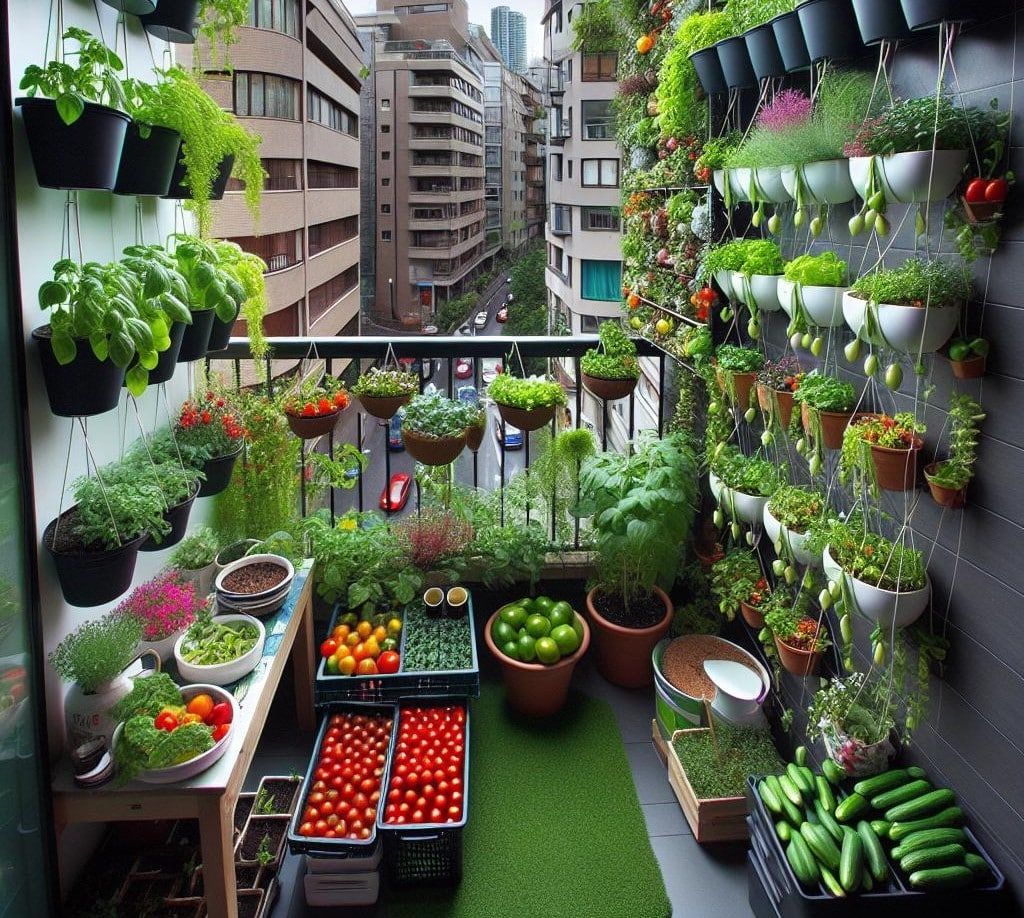
Growing the best plants for urban gardening offers rewards that extend far beyond fresh vegetables and herbs. Urban gardeners consistently report improved mental health, stronger community connections, and a deeper appreciation for seasonal rhythms.
The simple act of nurturing plants provides a meditative break from city stress. There’s something profoundly satisfying about harvesting your own tomatoes while surrounded by skyscrapers – it connects you to the natural world in the heart of the urban environment.
Real Impact: Numbers That Matter
Financial Savings
Average annual savings of $300-600 per household on fresh produce
Environmental Impact
Each container plant can process 10-15 pounds of CO2 annually
Health Benefits
Gardening burns 200-400 calories per hour while providing fresh nutrition
Community Building
Urban gardeners report 40% stronger neighborhood connections
Start Your Urban Garden Journey Today
The best plants for urban gardening are waiting for you to discover them. Whether you have a tiny windowsill or a spacious rooftop, there’s a perfect plant combination that will thrive in your space.
Start Small
Begin with easy herbs and build confidence
Grow Gradually
Expand your garden as you gain experience
Enjoy the Journey
Celebrate every harvest and lesson learned
Remember: Every expert gardener was once a beginner. The best time to start growing the best plants for urban gardening is right now, wherever you are.
